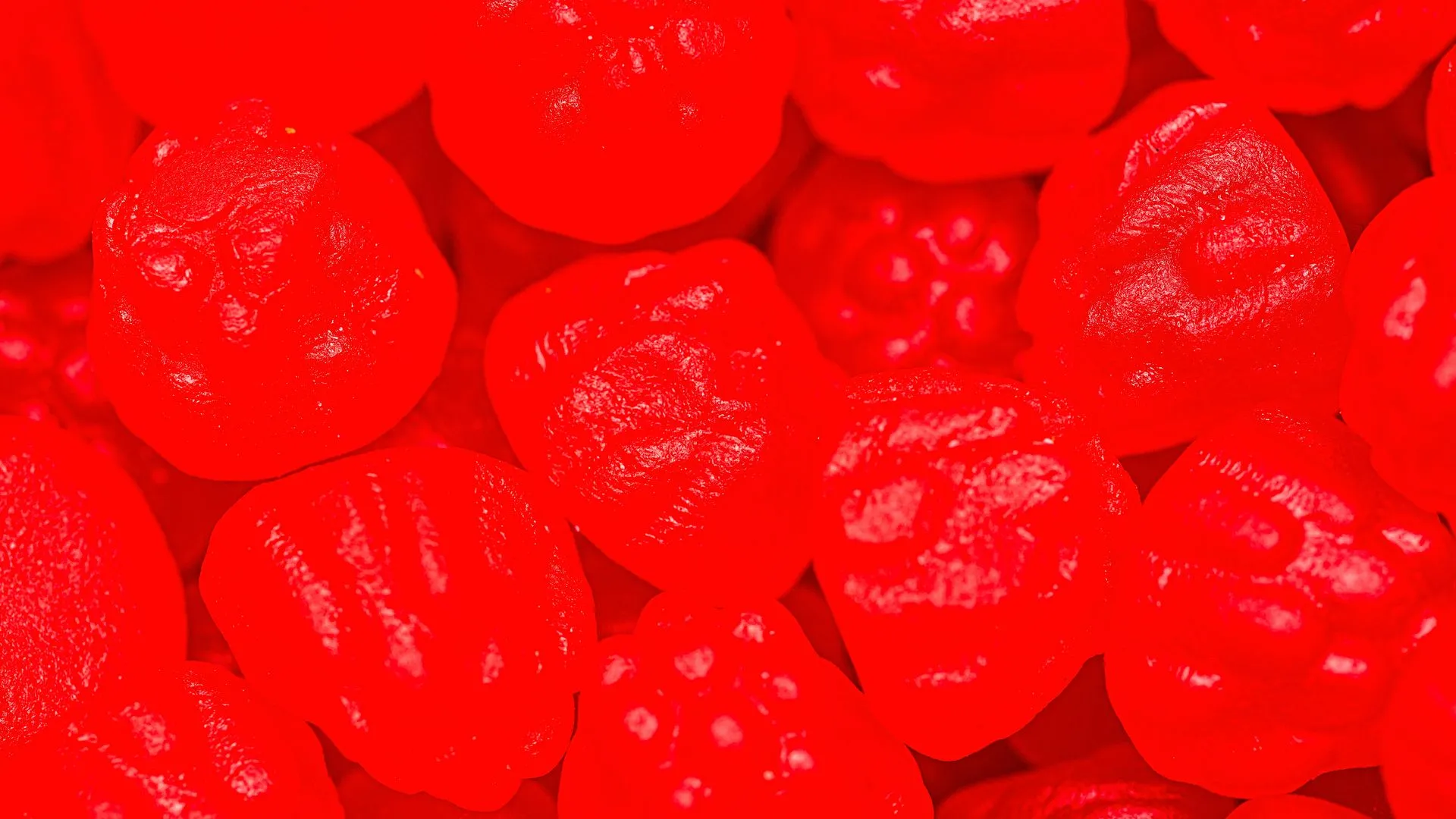FDA’s Shocking Ban: Red Dye No. 3 Outlawed in Popular Foods!
In a landmark decision that will reshape the food industry, the Food and Drug Administration (FDA) has officially banned Red Dye No. 3, a controversial artificial coloring used in thousands of popular food products across the United States. The ban, set to take full effect by January 15, 2027, marks a significant victory for consumer health advocacy groups and represents a critical step in food safety regulation.
The Science Behind the Ban
Red Dye No. 3, scientifically known as erythrosine, is a petroleum-based color additive that has long been used to give foods a vibrant cherry-red appearance. Despite its widespread use, the synthetic dye has been under intense scrutiny due to potential health risks, particularly its link to behavioral issues in children and cancer concerns identified in animal studies.
Key Concerns Driving the Decision
The FDA’s decision stems from multiple critical factors:
- Potential Carcinogenic Properties: Animal studies have consistently shown concerning links between Red Dye No. 3 and cancer risks.
- Behavioral Impact: Growing evidence suggests potential connections to children’s behavioral disorders.
- Public Health Advocacy: Persistent pressure from health organizations like the Center for Science in the Public Interest.
“This ban represents a significant milestone in protecting consumer health,” said Dr. Emily Rodriguez, a leading FDA nutritional safety expert.
Historical Context and Previous Regulations
Interestingly, the FDA had previously banned Red Dye No. 3 in cosmetics and topical drugs back in 1990, acknowledging its potential health risks. The current comprehensive ban extends this protection to ingested food products and pharmaceutical preparations.
Nationwide Impact
The ban’s scope is extensive, affecting:
- Over 2,800 food items
- Imported food products
- Domestic food manufacturing
- Pharmaceutical preparations
Implementation Timeline
Manufacturers have been given a generous transition period:
- January 15, 2027: Deadline for food product reformulation
- January 18, 2028: Compliance required for ingested drugs
Industry and Consumer Response
Many food manufacturers have already begun proactively phasing out Red Dye No. 3. The National Confectioners Association has expressed support for the FDA’s decision, emphasizing their commitment to consumer safety.
Global Perspective
The United States joins several international jurisdictions, including the European Union, which has maintained stricter regulations on this artificial coloring since 1994.
What Consumers Should Know
Consumers are advised to:
- Check product labels carefully
- Look for alternative natural coloring options
- Be aware of potential product reformulations
Ongoing Research and Monitoring
The FDA continues to emphasize that while animal studies showed cancer risks, human exposure levels are typically much lower. Ongoing research will monitor the long-term implications of this ban.
Conclusion
The FDA’s ban on Red Dye No. 3 represents a significant step towards more transparent and safer food production. As consumers become increasingly health-conscious, such regulatory actions demonstrate a commitment to protecting public health.
Stay informed, read labels, and prioritize your health.
Disclaimer: This article is based on current FDA announcements and scientific research as of January 2025. Always consult healthcare professionals for personalized nutritional advice.






Leave a Comment